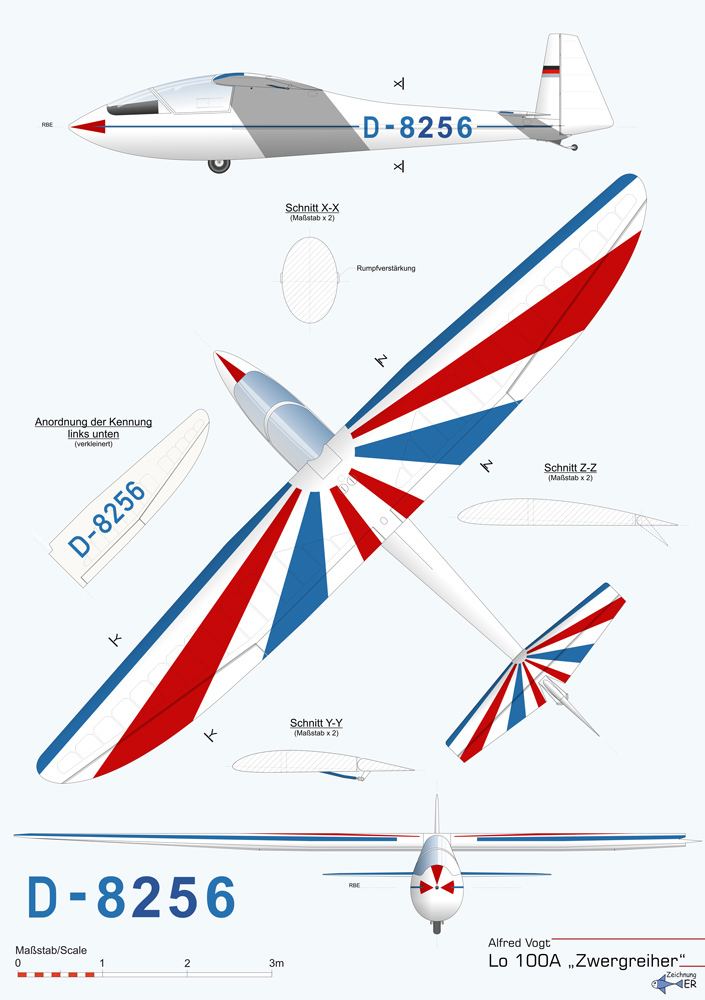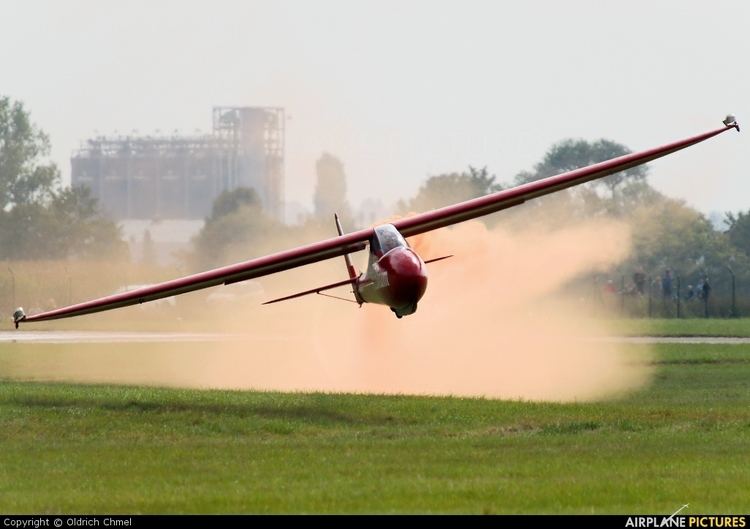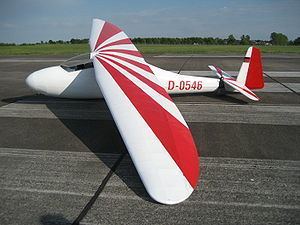Wingspan 10 m Designer Alfred Vogt | Length 6.15 m First flight 1952 | |
 | ||
The Lo-100 is an aerobatic glider of classic wood and fabric construction well suited to amateur building methods. The designation Lo was bestowed by the designer Alfred Vogt in memory of his brother Lothar Vogt, with whom he had developed the predecessor model Lo-105 Zwergreiher ('dwarf heron'). The first flight of the prototype took place in 1952 at the Klippeneck.

The single-piece wing has a main spar built from laminated beechwood in order to achieve the strength needed for aerobatics. The glider has no spoilers and must be landed using side-slip.

Specifications
Data from The World's Sailplanes:Die Segelflugzeuge der Welt:Les Planeurs du Monde
General characteristics

Performance


References
Vogt Lo-100 Wikipedia(Text) CC BY-SA
